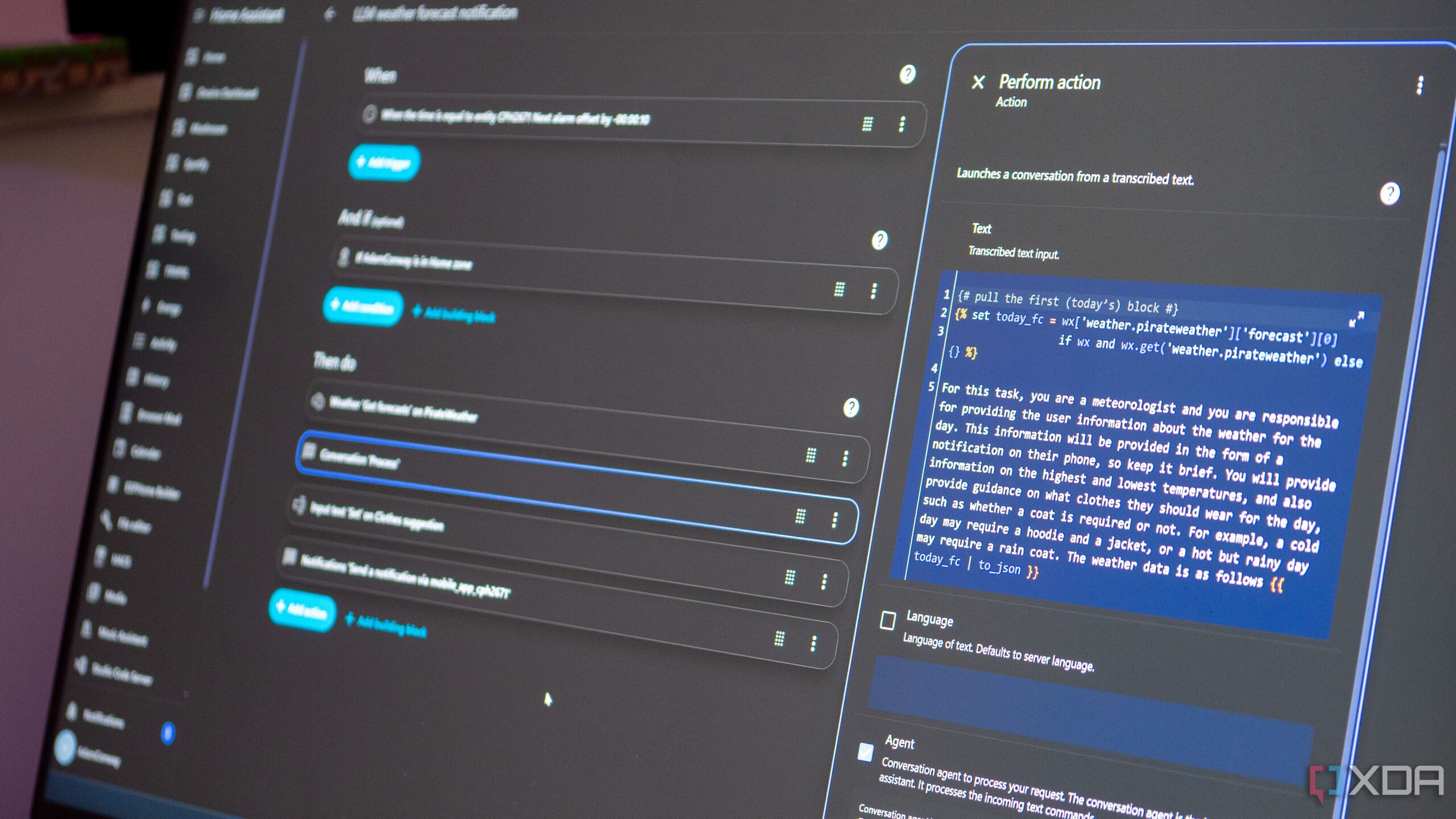Top Stories
Urgent: 6 Must-Have USB Devices to Elevate Home Assistant NOW

UPDATE: Just announced: Home Assistant users can significantly enhance their smart home experience with **six essential USB devices** that boost functionality and connectivity. This urgent development comes as smart home technology continues to gain traction globally, making it crucial for users to stay updated.
Home Assistant, a powerful self-hosting platform, allows users to seamlessly integrate various smart home devices. With the rise of Internet of Things (IoT) technology, having the right tools is more important than ever. Here’s a look at the six USB devices you need to incorporate into your setup TODAY.
1. Zigbee Dongle
A game changer for any smart home, the **Zigbee dongle** is essential for creating a dedicated network for IoT devices. Users have reported that adding a dongle, such as the **Sonoff USB receiver**, allows for a reliable connection that reduces congestion on primary wireless networks. This device can be connected to Home Assistant, which automatically detects it, enabling users to add Zigbee-capable devices with ease.
2. Environmental Sensors
These sensors are crucial for automating your home environment. By using affordable **temperature sensors**, you can effortlessly adjust HVAC controls based on real-time data. For instance, if temperature sensors detect a room’s occupancy, the heating can be dynamically adjusted, saving energy and ensuring comfort. The integration with **RF receivers** further enhances connectivity with door sensors and locks, making your home smarter.
3. Uninterruptible Power Supply (UPS)
Power outages can disrupt self-hosted systems, but a **UPS** offers essential protection. By connecting your Home Assistant server to a UPS, you ensure it remains operational during power cuts, allowing for safe shutdowns or extended operation. Users can also automate shutdown processes through Home Assistant, preserving valuable data and device integrity.
4. Bluetooth Adapter
Enhance your home automation with a **USB Bluetooth adapter**. This device enables your Home Assistant server to recognize your smartphone’s location, triggering actions like opening the garage door when you arrive. The integration of Bluetooth signals adds another layer of automation, ensuring that HVAC systems activate only when someone is present, thus minimizing energy wastage.
5. USB Microphones
Ditch traditional voice assistants in favor of **USB microphones** that work with Home Assistant. These devices allow for voice commands without needing additional hardware. With software solutions like Whisper and Piper, users can set up voice recognition to control smart home functions, offering a hands-free experience that many find invaluable.
6. Powered USB Hub
To manage multiple devices effectively, a **powered USB hub** is indispensable. This device prevents connection drops and keeps all USB devices powered and stable. Especially for systems running on limited ports like **Proxmox**, a reliable USB hub can significantly expand capabilities, allowing for seamless communication between Home Assistant and all connected devices.
These six USB devices are transforming the way users interact with their smart homes. As IoT continues to evolve, integrating these tools not only enhances functionality but also improves daily life, making tasks more efficient and automated.
WHAT’S NEXT: For those eager to upgrade their Home Assistant, these devices are readily available online and can be set up quickly. Expect increased smart home connectivity and efficiency as users adopt these enhancements.
Stay tuned for more updates on the latest in smart home technology and how you can maximize your Home Assistant experience! Share this article to help others elevate their smart homes today!
-

 Science2 months ago
Science2 months agoInventor Achieves Breakthrough with 2 Billion FPS Laser Video
-

 Health2 months ago
Health2 months agoCommunity Unites for 7th Annual Into the Light Walk for Mental Health
-

 Top Stories2 months ago
Top Stories2 months agoCharlie Sheen’s New Romance: ‘Glowing’ with Younger Partner
-

 Entertainment2 months ago
Entertainment2 months agoDua Lipa Aces GCSE Spanish, Sparks Super Bowl Buzz with Fans
-

 Health2 months ago
Health2 months agoCurium Group, PeptiDream, and PDRadiopharma Launch Key Cancer Trial
-

 World2 months ago
World2 months agoIsrael Reopens Rafah Crossing After Hostage Remains Returned
-

 Top Stories2 months ago
Top Stories2 months agoFormer Mozilla CMO Launches AI-Driven Cannabis Cocktail Brand Fast
-

 Entertainment2 months ago
Entertainment2 months agoMother Fights to Reunite with Children After Kidnapping in New Drama
-

 World2 months ago
World2 months agoR&B Icon D’Angelo Dies at 51, Leaving Lasting Legacy
-

 Business2 months ago
Business2 months agoTyler Technologies Set to Reveal Q3 Earnings on October 22
-

 Health2 months ago
Health2 months agoYouTube Launches New Mental Health Tools for Teen Users
-

 Health2 months ago
Health2 months agoNorth Carolina’s Biotech Boom: Billions in New Investments









